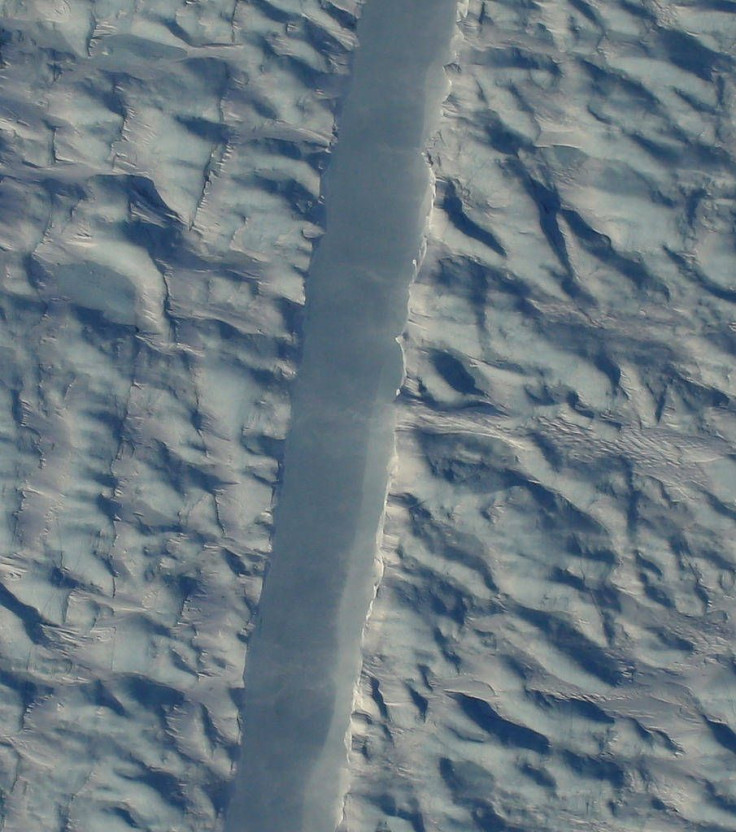NASA Sea Ice And Glacier Mapping News: 2017 One Of The Best Years For Data

Every year NASA surveys the ice in the Arctic to measure change in the icy environment. The changes in the cryosphere are important for NASA to monitor because those changes can reveal vital information about how the polar regions of the Earth connect and influence the climate system as a whole.
This year NASA collected more data on the sea and land ice in the Arctic than ever. This is because researchers were working with new instruments that were able to take more dense and accurate measurements. And the researchers themselves were able to cover a greater span of ice than usual.
Read: NASA Budget Cuts: Senators Urge Trump Not To Slash Agency's Office Of Education
NASA's IceBridge crew was able to plan a last-minute mission over the Petermann Glacier that sustained a new crack. The glacier is one of several on Greenland and is one of the fastest changing, NASA said.
Operation IceBridge surveys the polar regions to add to NASA's information about the relationship between polar ice and climate change. The operation has sophisticated craft that can take extremely detailed measurements to help verify information gathered by satellites and measure the thickeness of sea ice, glaciers and ice sheets. There were 39 flights spanning eight hours each carried out over 10 weeks to gather the data.
For the first time, IceBridge was able to study the Eurasian portion of the Arctic basin. This was possible because IceBridge had access to the Longyearbyen, Svalbard, base in Sweden. The flights were vital because they provided researchers with data that was poorly predicted by climate models. Models had the snow depth on the sea ice in that area higher than it actually is, NASA said.
The survey also covered the Chukchi Sea, another area that had not been previously studied. The sea sits between Alaska and Russia and in studying it the mission crossed the international date line for the first time as well.
Read: Arctic Sea Ice Is Rapidly Melting, But Some Of It May Be Normal
A unique situation arose about a month into the mission when a crack appeared in the ice shelf of the Petermann Glacier. A researcher at Delfft University in the Netherlands noticed the crack while looking at satellite data. Thanks to Twitter the Icebridge team was able to learn about the crack. The team worked hard and redesigned the flight plan to study the crack.
From today's #IceBridge flight: Portion of the newly identified rift on Petermann Glacier's ice shelf (straight feature near bottom center) pic.twitter.com/kmeQoik8ZO
— NASA Ice (@NASA_ICE) April 14, 2017
This crack is a bit of a mystery because of its placement relevant to the glacier's front. It's further upstream than most cracks, meaning when it finishes going all the way through the glacier, it could leave the ice shelf and glacier unstable.
IceBridge will embark on more missions this summer to measure Arctic sea and land ice during the melt season.
© Copyright IBTimes 2024. All rights reserved.





















